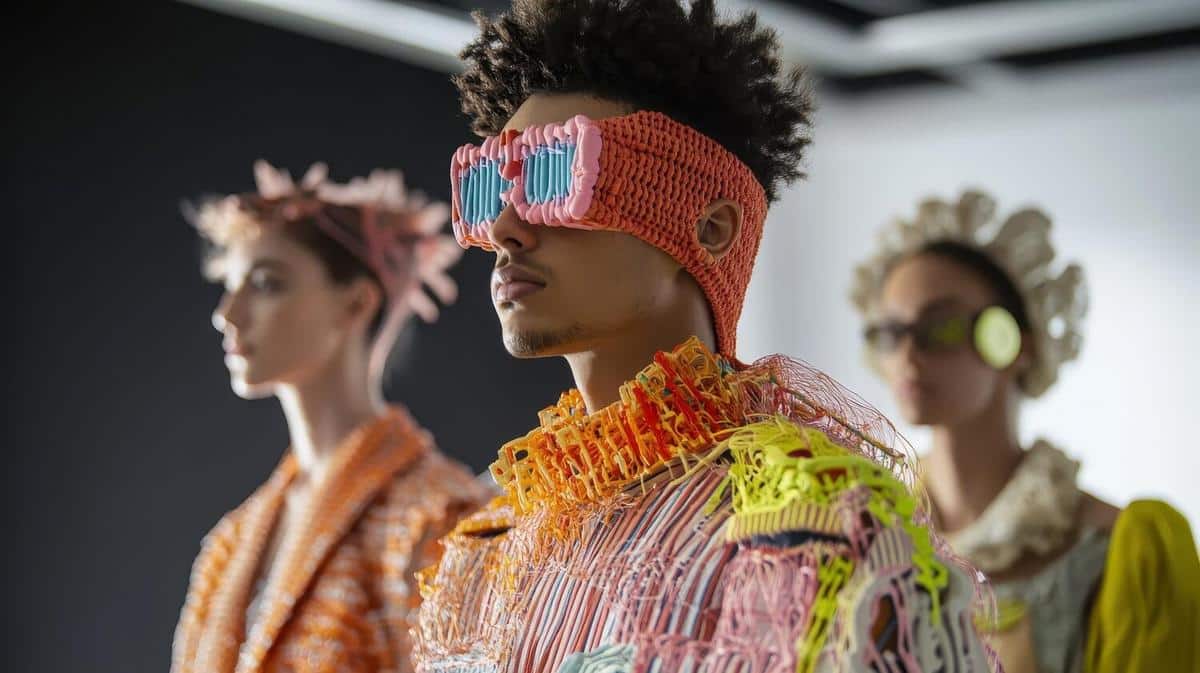
How Cultural Movements Shape Fashion Trends
Fashion and culture are intricately intertwined, with cultural movements often serving as a catalyst for evolving fashion trends. Understanding how these movements shape what we wear can provide fascinating insights into both our wardrobes and our world.
Throughout history, cultural movements have been pivotal in shaping fashion trends, acting as a mirror to societal changes and attitudes. Whether it’s the rebellious spirit of the 1960s or the eco-conscious movements of today, fashion reflects the zeitgeist of its era.
The Influence of Cultural Movements on Fashion
Fashion trends are frequently born from the cultural shifts happening around us. For instance, the 1970s saw the rise of the Hippie movement, which emphasized freedom and peace. This cultural wave brought with it flowing, bohemian styles, vibrant colors, and natural fabrics.
“Fashion is not something that exists in dresses only. Fashion is in the sky, in the street, fashion has to do with ideas, the way we live, what is happening.” – Coco Chanel
Statistics and Research
According to a study published by the Business of Fashion, 67% of fashion brands say that cultural movements are a significant factor in their design process. This statistic underscores the importance of cultural awareness in fashion design.
Examples of Cultural Impact
The punk movement of the late 1970s and early 1980s, for example, introduced a style characterized by leather jackets, spikes, and a general DIY aesthetic, challenging the status quo and influencing high fashion.
Actionable Tips for Fashion Enthusiasts
- Stay informed about global and local cultural shifts by reading diverse sources.
- Incorporate elements from cultural movements into your wardrobe through accessories or color schemes that resonate with you.
- Support brands that align with your cultural values and ethics.
Fashion and Culture: A Comparative Table
| Cultural Movement | Impact on Fashion |
|---|---|
| 1960s Counterculture | Mini skirts, tie-dye shirts, and go-go boots |
| 1970s Hippie | Bohemian styles, earthy tones |
| 1980s Punk | Leather, spikes, DIY fashion |
| 1990s Grunge | Flannel shirts, ripped jeans |
| 2000s Hip Hop | Baggy clothes, bling accessories |
| 2010s Eco-conscious | Sustainable fabrics, ethical brands |
| 2020s Gender Fluidity | Androgynous styles, non-binary fashion |
| Futuristic Techwear | Smart fabrics, minimalist designs |
Frequently Asked Questions
How do cultural movements influence fashion trends?
Cultural movements influence fashion trends by introducing new values and aesthetics that designers incorporate into their collections, often reflecting broader societal changes.
Can individuals influence fashion trends through cultural movements?
Yes, individuals can influence fashion trends by embracing cultural movements and expressing them through personal style, which can inspire designers and brands.
Conclusion
The relationship between cultural movements and fashion is symbiotic, with each influencing and shaping the other. As we continue to witness cultural shifts, staying attuned to these changes will not only enhance our understanding of fashion but also enrich our personal style. Embrace the fusion of culture and fashion as a means to express individuality and connect with the world around you.


